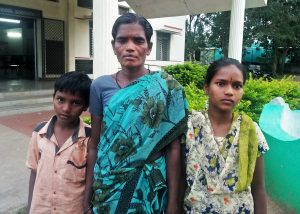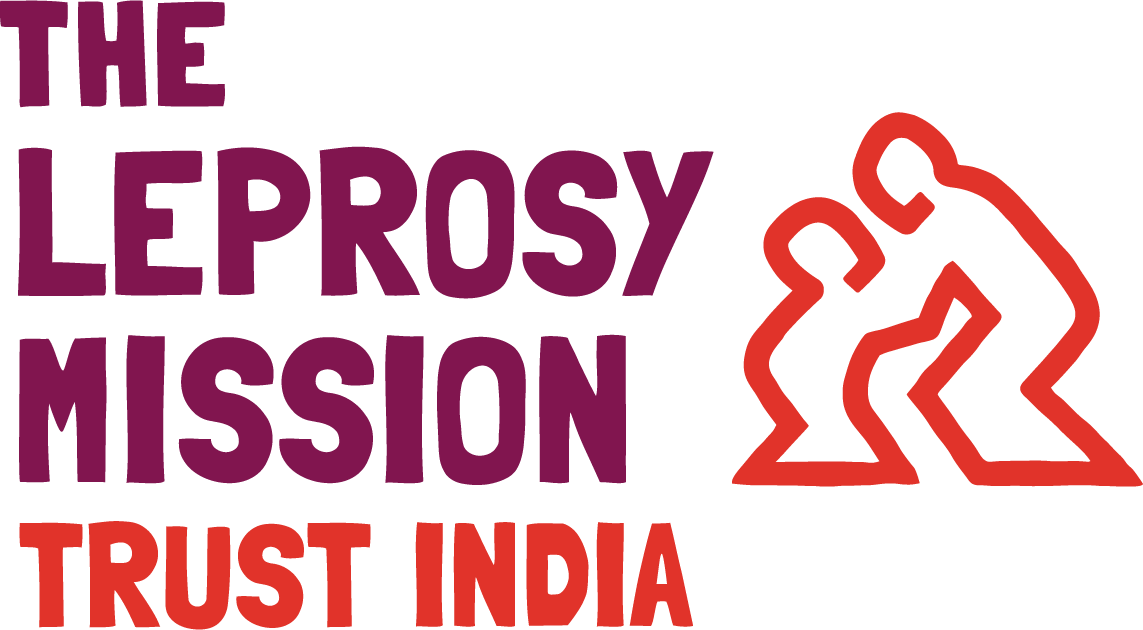It was early detection of leprosy that saved Anjalai’s children from disability
It was early detection of leprosy that saved Anjalai’s children from disability
The story of Anjalai’s two children is proof of that.
It was in 1986, during a door-to-door search for detecting undiagnosed cases of leprosy in her village in Villupuram, Tamil Nadu, that 15-year-old Anjalai was diagnosed with multibacillary leprosy (MB) – the advanced stage of leprosy – by TLM Vadathorasalur Hospital team. Immediately, she was put on a 12-month course of MDT. But she discontinued the treatment half-way, and that led to nerve damage on her right hand. Shortly, fingers got clawed, and ulcers troubled her. When TLM medical team got to know about her condition, they restarted her treatment.
As part of the screening of all contacts of leprosy patients, the hospital team screened her children – 9-year-old Dhinesh and 13-year-old Selvi.

48-year-old Anjalai has lost her husband since then. She works in low paying manual labour jobs to help feed her family. Nevertheless, she feels grateful in life. She feels happy about the timely diagnosis of her children. “Both my children would have suffered physical disability if their leprosy was not diagnosed in time. A disability would have badly affected their studies and future,” says a visibly relieved Anjalai.


